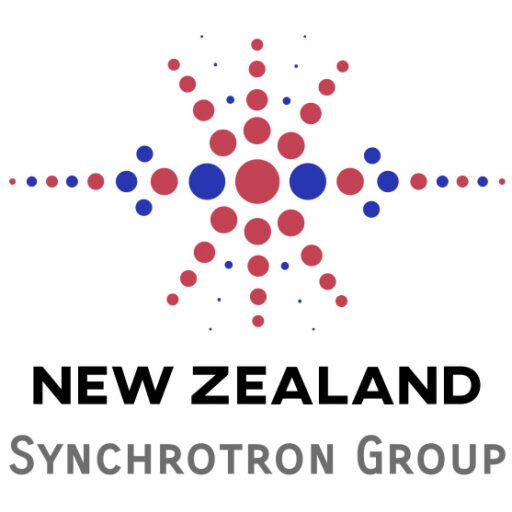The beamlines are the part of a synchrotron facility where experiments take place. Each beamline is designed for a particular technique, which may utilise the energy resolution and tuning, low divergence, polarisation, etc. of the synchrotron radiation. These factors determine how the optics components of the beamline are designed and built, as well as the energy range required. These parameters are given for each of the beamlines on the Australian Synchrotron website.
An initial suite of 10 beamlines was built at the Australian Synchrotron. Recently, 4 more were added and a further 4 are under construction.
Initial suite of beamlines: techniques and capabilities
| Beamline Name | Techniques | Capabilities |
| Crystallography and Diffraction | ||
| MX1 Beamline High throughput protein crystallography | Medium energy, multi-wavelength anomalous XRD5 – 20 keV | Dedicated facility for crystallography of large protein crystals, set up with robotic loading and centring, and for remote operation. |
| MX2 Beamline Protein microcrystal and small molecule diffraction | Medium energy, multi-wavelength anomalous XRD5.5 – 25 keV | Facility with tightly focused x-ray beam for determining the crystal structure and electron density maps of small, hard-to-crystallise proteins, nucleic acids, and small molecules. |
| PD Beamline Powder diffraction | Medium to high energy powder XRD4 – 37 keV | Versatile high resolution powder diffraction facility equipped with sample chambers for a wide range of in-situ experiments. |
| SAXS/WAXS Beamline Small- and wide-angle x-ray scattering | Medium energy SAXS/WAXS5.2-20 keV | Measurement of long-range, large-scale order in complex molecules and materials. |
| Spectroscopy | ||
| XAS Beamline X-ray absorption spectroscopy | Medium and high energy XAS, XANES, EXAFS and XES4 – 45 keV | Measurement of short- and medium-range order, bond lengths, co-ordination numbers and local co-ordination geometry, and the oxidation state of atoms from atomic number Z = 20 upwards. |
| SXR Beamline Soft x-ray spectroscopy | Low energy XAS, XES, XPS and AES100 – 2000 eV | As above, for the light elements, Z < 20. Also for the analysis of surfaces and thin films. |
| THz Beamline VUV spectroscopy | ARUPS10 – 350 eV | Determination of the electronic structure and surface characteristics of solid, soft matter and gas phase substances. |
| IRM Beamline Infrared spectroscopy | FTIR spectroscopy and IR microspectroscopy0.4 – 100 µm | Analysis of bond structures in complex molecules, biological materials, minerals and band structures in certain semiconductors. |
| XFM Beamline X-ray fluorescence microscopy | XAS, XANES and XES at a sub-micron scale5 – 25 keV | For producing high-resolution maps of elemental distribution in a sample. Also for determination of the oxidation state and co-ordination geometry of atoms in particles down to sub-micron size. |
| Imaging | ||
| IM Beamline Imaging and medical therapy | Phase contrast enhanced high energy x-ray imaging20 – 40 keV (to be extended to 120 keV) | Very flexible beamline for research into high contrast imaging of objects from small animals through to engineering components. For research into the physics and biophysics of cancer therapy techniques. |
Additional information on the beamlines can be found on the Australian Synchrotron website.

